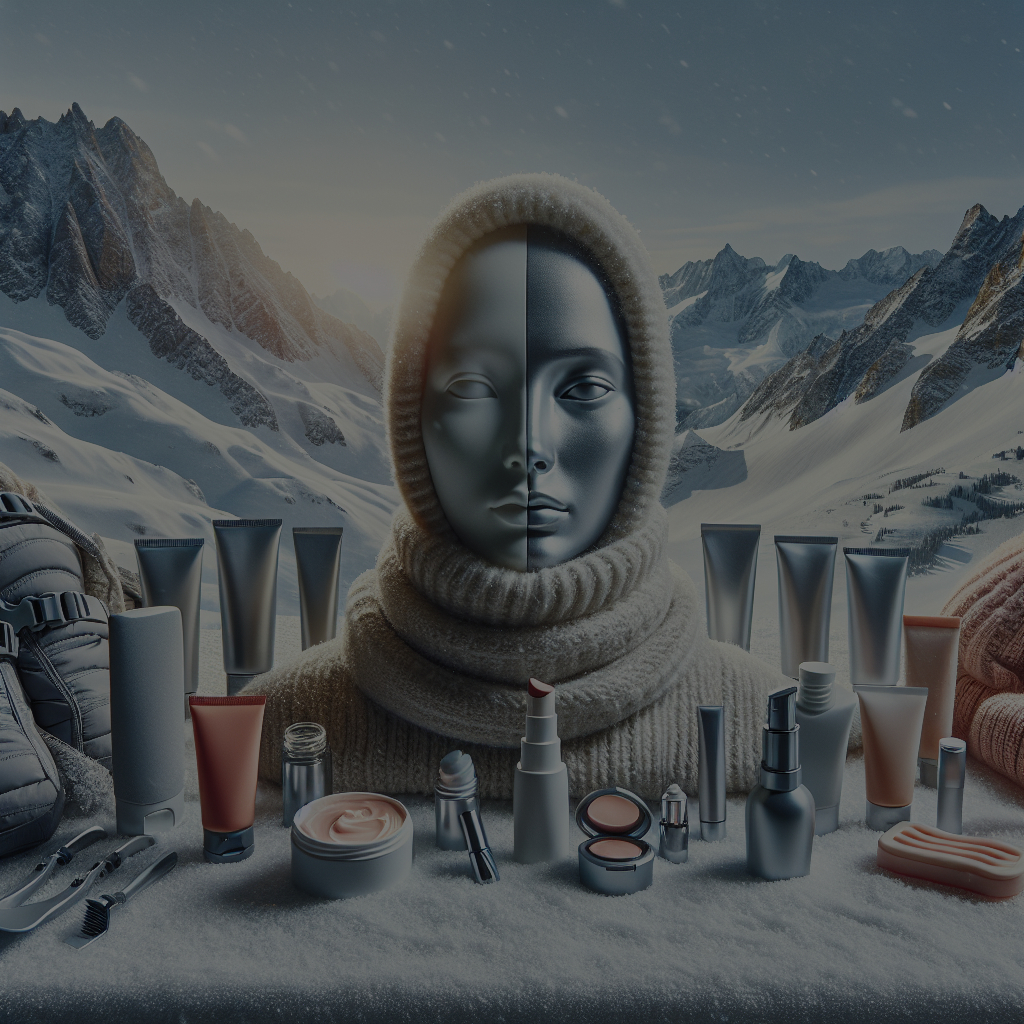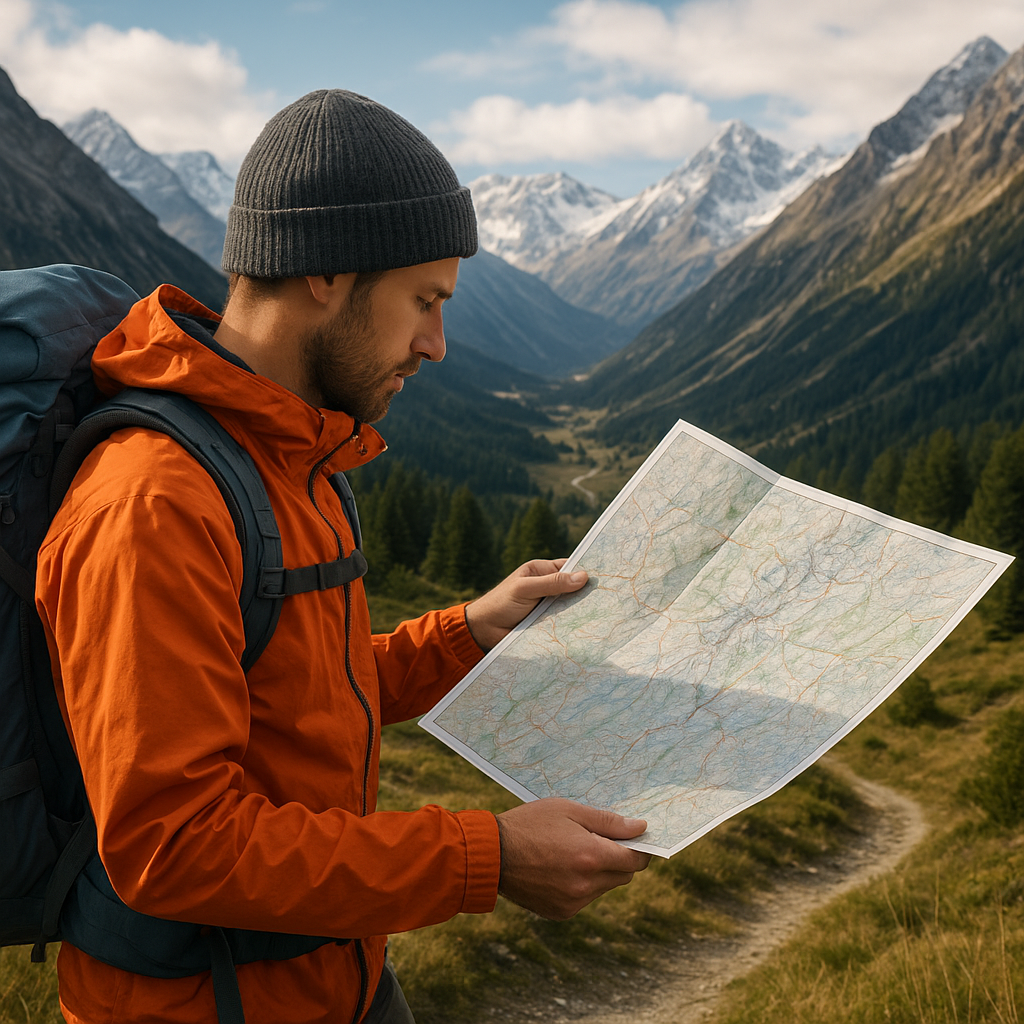
Winter Skin Myths Debunked: What Really Works in Alpine Conditions?
Winter can be a challenging season for maintaining healthy skin, especially in alpine conditions where the environment is particularly harsh. Many myths surround winter skincare, and it’s essential to separate fact from fiction to ensure your skin remains protected and nourished. This article aims to debunk common winter skin myths and provide practical advice on what truly works in alpine conditions.
Understanding the Alpine Environment
The alpine environment is characterized by cold temperatures, low humidity, and increased exposure to UV radiation due to higher altitudes. These factors can significantly impact the skin, leading to dryness, irritation, and even long-term damage if not properly managed. Understanding these unique conditions is the first step in developing an effective winter skincare routine.
Cold Temperatures and Skin Health
Cold temperatures can cause the skin to lose moisture rapidly, leading to dryness and flakiness. The skin’s natural barrier function is compromised, making it more susceptible to irritation and sensitivity. Additionally, cold weather can reduce blood circulation to the skin, resulting in a dull and lackluster complexion.
Low Humidity and Its Effects
Low humidity levels in alpine regions exacerbate the drying effects of cold temperatures. The air’s lack of moisture draws water from the skin, further contributing to dehydration. This can lead to a tight, uncomfortable feeling and increase the risk of developing fine lines and wrinkles.
Increased UV Exposure
Higher altitudes mean greater exposure to UV radiation, which can be particularly damaging in winter when the sun’s rays reflect off snow and ice. UV exposure can lead to sunburn, premature aging, and an increased risk of skin cancer. It’s crucial to protect the skin from UV damage, even in cold weather.
Debunking Common Winter Skin Myths
Several myths about winter skincare persist, often leading to ineffective or even harmful practices. Let’s debunk some of the most common myths and provide evidence-based recommendations for maintaining healthy skin in alpine conditions.
Myth 1: You Don’t Need Sunscreen in Winter
One of the most pervasive myths is that sunscreen is unnecessary during the winter months. However, as mentioned earlier, UV radiation can be even more intense in alpine regions due to higher altitudes and reflective surfaces. It’s essential to use a broad-spectrum sunscreen with an SPF of at least 30, even on cloudy days, to protect the skin from harmful UV rays.
Myth 2: Hot Showers Are Good for Warming Up
While a hot shower may feel comforting after being out in the cold, it can actually strip the skin of its natural oils, leading to further dryness and irritation. Instead, opt for lukewarm water and limit shower time to avoid exacerbating skin issues. After showering, apply a rich moisturizer to lock in hydration.
Myth 3: Oily Skin Doesn’t Need Moisturizer
Another common misconception is that people with oily skin can skip moisturizer during the winter. In reality, all skin types need hydration, especially in harsh alpine conditions. Choose a lightweight, non-comedogenic moisturizer that won’t clog pores but will provide the necessary hydration to maintain a healthy skin barrier.
Myth 4: Drinking Water Alone Keeps Skin Hydrated
While staying hydrated by drinking water is essential for overall health, it is not enough to keep the skin hydrated in winter. External factors like cold air and low humidity require additional measures. Incorporate hydrating serums and moisturizers into your skincare routine to provide the skin with the moisture it needs.
Effective Winter Skincare Tips for Alpine Conditions
Now that we’ve debunked some common myths, let’s explore practical tips for maintaining healthy skin in alpine conditions. These recommendations are based on scientific research and dermatological advice to ensure your skin remains protected and nourished throughout the winter season.
Use a Gentle Cleanser
Harsh cleansers can strip the skin of its natural oils, exacerbating dryness and irritation. Opt for a gentle, hydrating cleanser that effectively removes impurities without compromising the skin’s barrier function. Look for ingredients like glycerin and hyaluronic acid, which help retain moisture.
Layer Your Skincare Products
Layering skincare products can enhance their effectiveness and provide comprehensive protection. Start with a hydrating serum, followed by a moisturizer, and finish with sunscreen during the day. At night, consider using a richer cream or oil to provide additional nourishment while you sleep.
Protect Your Lips
The lips are particularly vulnerable to dryness and chapping in cold weather. Use a lip balm with SPF to protect against UV damage and reapply it regularly throughout the day. Look for balms containing nourishing ingredients like shea butter, beeswax, and vitamin E.
Invest in a Humidifier
Using a humidifier in your home can help combat the drying effects of low humidity. By adding moisture to the air, a humidifier can prevent your skin from becoming excessively dry and improve overall comfort. Place it in your bedroom to ensure your skin stays hydrated while you sleep.
Wear Protective Clothing
Clothing can provide an additional layer of protection against the elements. Wear gloves, scarves, and hats to shield your skin from cold winds and prevent moisture loss. Choose materials that are gentle on the skin, such as cotton or fleece, to avoid irritation.
Conclusion
Maintaining healthy skin in alpine conditions requires a combination of debunking common myths and implementing effective skincare practices. By understanding the unique challenges posed by cold temperatures, low humidity, and increased UV exposure, you can develop a routine that keeps your skin protected and nourished throughout the winter season. Remember to use sunscreen, avoid hot showers, moisturize regularly, and consider additional measures like using a humidifier and wearing protective clothing. With these strategies, you can enjoy the beauty of the alpine environment without compromising your skin’s health.

